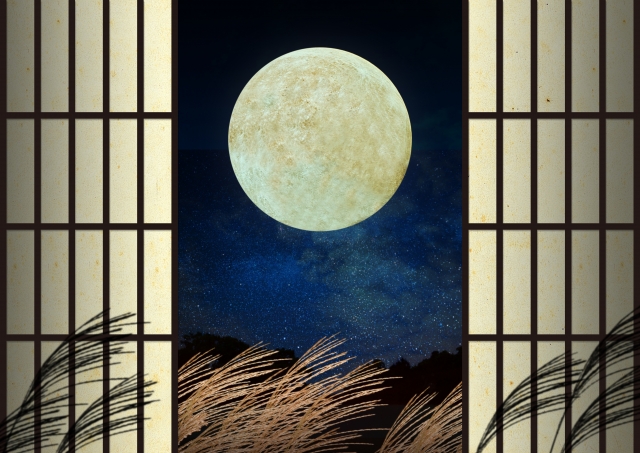Every autumn, Japan celebrates Tsukimi — the moon-viewing festival — to appreciate the beauty of the full moon and to give thanks for the year’s harvest.
The tradition dates back to the Heian period (794–1185), when aristocrats would board boats to admire the moon reflected on the surface of the water or in their cups of sake.
What they cherished was not the moon itself, but its reflection — a symbol of elegance and refined sensibility in Japanese culture.
They composed and recited poems under the pale glow of the moon, expressing gratitude and the fleeting beauty of the season.
From Noble Ritual to Everyday Tradition
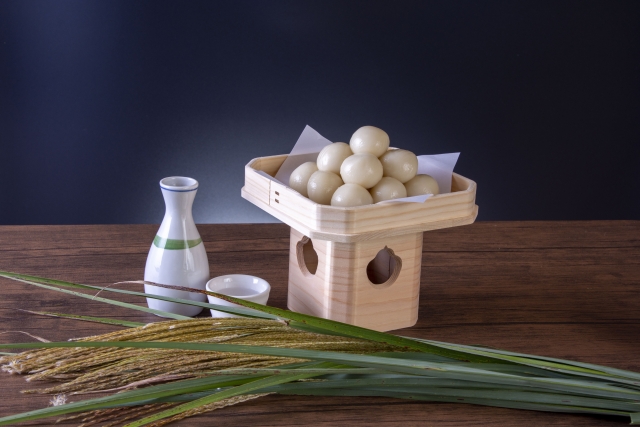
Over time, Tsukimi became a custom enjoyed by everyone, not just nobles.
Even today, on the night of the autumn full moon, families and friends prepare small altars or trays near windows or gardens where the moon can be seen.
These offerings typically include
-
Tsukimi dango (rice dumplings) made from rice flour,
-
Seasonal harvest foods such as sweet potatoes, taro, chestnuts, and fruits,
-
And pampas grass (susuki), symbolizing good harvest and protection from evil spirits.
The simple act of placing these offerings and gazing at the moon embodies a sense of tranquility and gratitude that defines Japanese autumn.
The Rabbit on the Moon
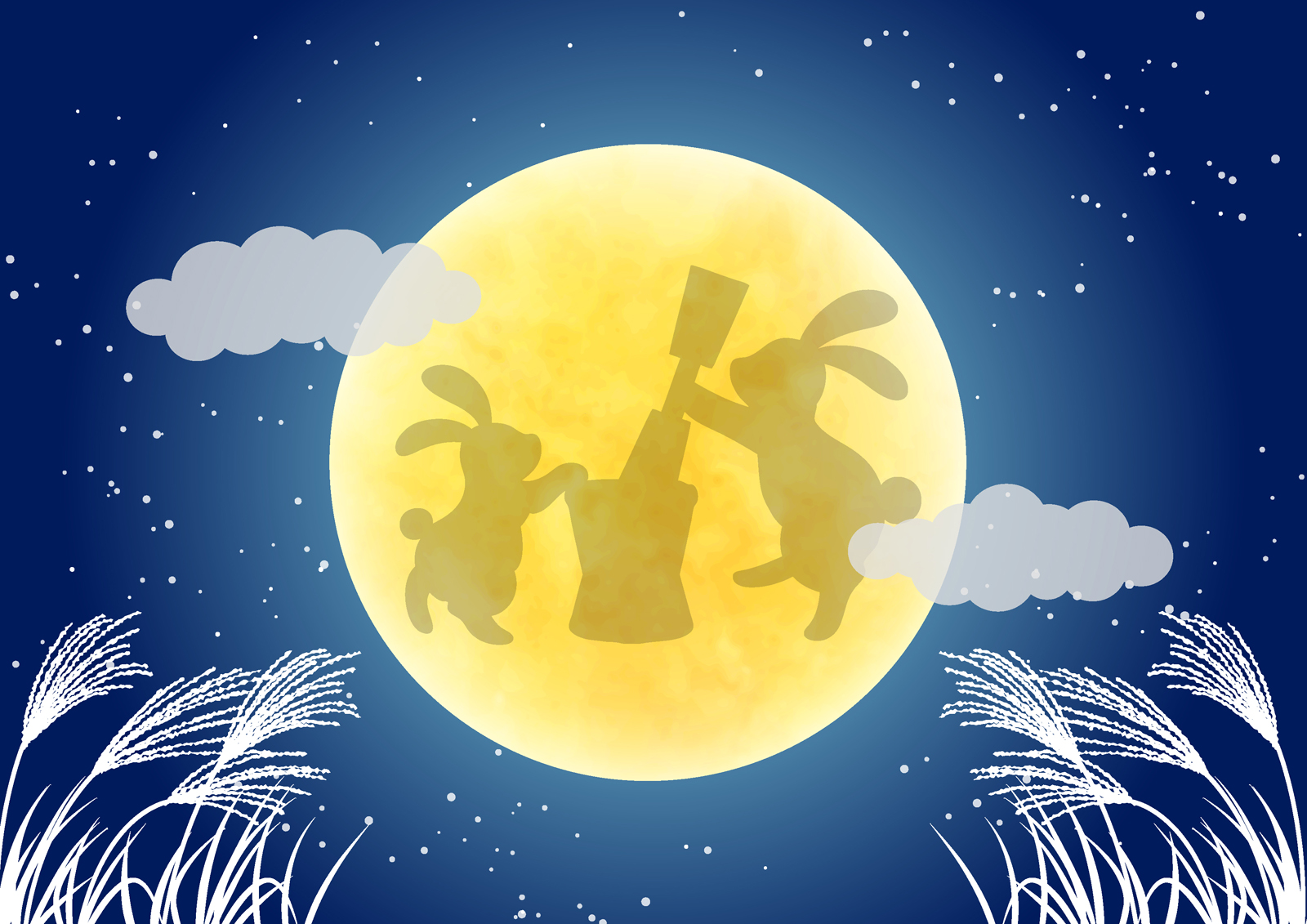
When Japanese people look at the full moon, they often see the shape of a rabbit pounding rice — not a man’s face as seen in Western cultures.
This imagery comes from ancient folklore, where a rabbit lives on the moon making rice cakes.
Because of this, rabbits have become the symbolic companions of Tsukimi, appearing in decorations, sweets, and art during the season.
“Tsukimi” in Modern Japanese Lif
While the traditional celebration is quiet and poetic, Tsukimi has also found its way into modern pop culture and cuisine.
Tsukimi Dishes
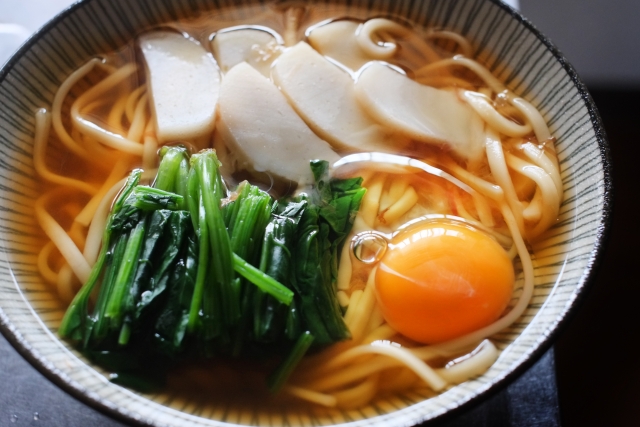
Egg yolks, round and golden like the full moon, inspired dishes such as Tsukimi Soba and Tsukimi Udon — noodles topped with a raw or poached egg symbolizing the moon.
Tsukimi Burger

Even McDonald’s Japan releases a limited-edition Tsukimi Burger each autumn, featuring a fried egg on a meat patty.
It has become so iconic that it’s now considered a seasonal sign of autumn in Japan — much like pumpkin spice in the West.
The Spirit of Tsukimi
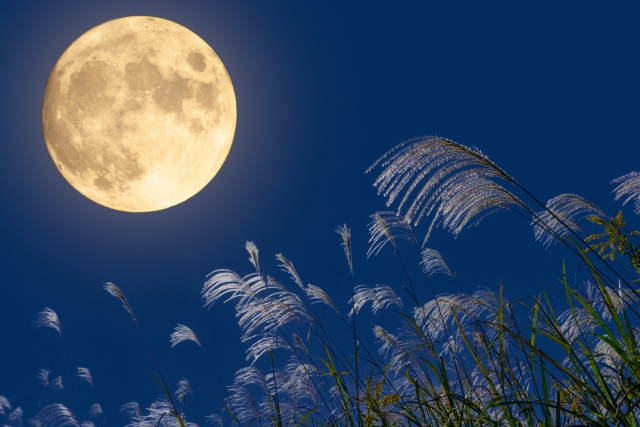
Tsukimi is more than a seasonal event; it’s a quiet celebration of life’s fleeting beauty.
It reflects the Japanese philosophy of finding grace in simplicity and stillness — appreciating the light that shines for only a moment.
So this autumn, why not turn off the lights, open the window, and spend a few minutes admiring the moon in silence?
You might just feel the same gentle emotion the Heian poets once did — a blend of awe, gratitude, and peace.
Related Articles on YUNOMI
-
Why Do Japanese People Wear Yukata in Summer?
-
The Meaning of Japanese Festivals (Matsuri) Explained
-
The Art of Finding Beauty in Fleeting Moments: Mono no Aware

